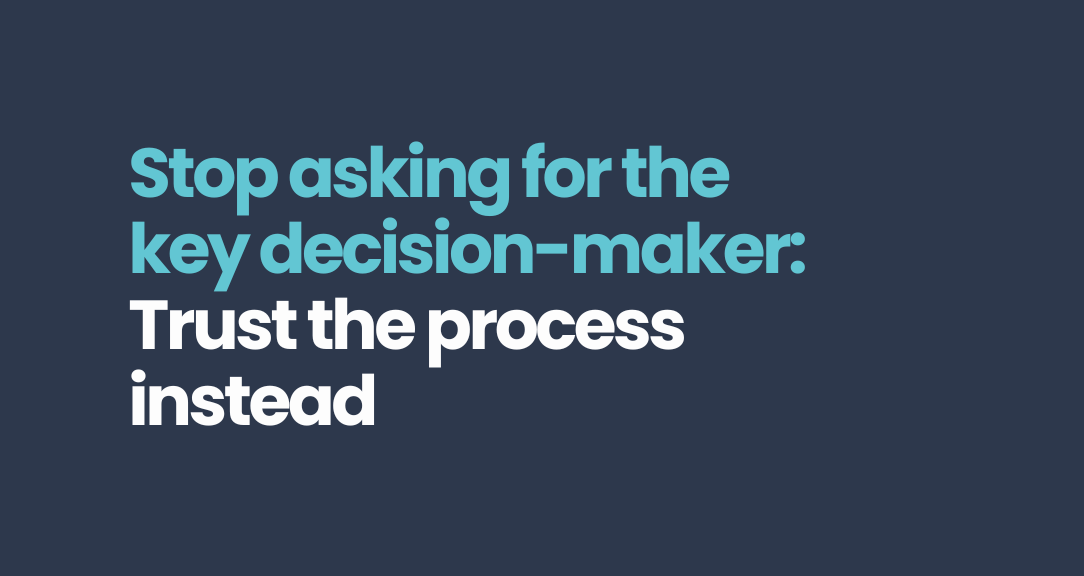From the outside, Japan often appears monolithic — resistant to change, bound by tradition.
But that’s a lazy narrative. Japan does change — just not in the way outsiders expect. This week’s stories prove that once again.
Take Nissan. Last week, I speculated the struggling automaker might choose a French CEO to lead its turnaround. Instead, Nissan picked a 46-year-old Mexican — almost the same age as when its first foreign savior, Carlos Ghosn, arrived in Tokyo. But that’s where the similarities end.
Before we get to this week’s highlights, what’s our deep-dive story today?
In my last post, we asked about Japan’s risk-averse business culture. I introduced you to the concept of Uncertainty Avoidance — the cultural instinct that compels Japanese companies to triple-check every angle before making a move. This week, we’ll explore how that plays out in real-world corporate decisions.
International clients always ask me:
"Who's in charge? Can't we just talk to the CEO and get things moving?"
From a Western perspective, it’s natural to ask for the key decision-maker. We like clear responsibilities and this is how our organizations work. Just talk to the division head and you’ll get a clear “no” or “go-ahead”. But in Japan? That approach most often doesn’t work.
We’ll break down why this is — and how you can navigate Japan’s decision-making process more effectively.
But first, let’s look at the latest stories shaping Japan.
This Week in Japan: What you might have missed
🔹 Can a Mexican save Nissan?
Nissan’s board has appointed Ivan Espinosa as its next CEO, entrusting him with one of the toughest jobs in Japan’s auto industry.
The 46-year-old has spent more than two decades at the company, rising from its Mexico operations to Chief Planning Officer. Known for his expertise in product management, Espinosa needs to steer the company through a turnaround and might revive integration talks with Honda.
Espinosa’s appointment may also signal Nissan’s gradual shift away from its deep ties with French partner Renault. Some had speculated that CFO Thierry Papin, a former Renault executive, might take the top job, but Nissan’s choice of an insider suggests a move toward greater independence.
🔹 Toyota’s $15,000 EV
Toyota is finally hopping on the EV train — at least in China.
Its new bZ3X, a compact electric SUV aggressively priced at just $15,000, secured 10,000 preorders within an hour, crashing the servers in the process. While Toyota aims to produce six EV models by 2026, it remains far behind BYD and Tesla in the electric car race.
To close the gap, Toyota is doubling down with a Lexus-exclusive EV lineup and a new Shanghai factory set to open in 2027 with an initial capacity of 100,000 vehicles. But with fierce local competition, will that be enough?
🔹 Workers Get 5% Wage Hike
Japan’s corporate giants have started to open their wallets.
For the second straight year, the country’s largest labor unions have secured an average wage hike of more than 5%. Toyota, Hitachi, NEC, and others are now sharing record profits with employees, a shift that signals Japan may be leaving its deflationary decades behind.
In a major win for low-income earners, part-time workers at large corporations will see even bigger raises than full-timers — offering much-needed relief to Japan’s working poor. But will smaller firms follow suit?
🔹 Wild swings in the Nikkei
Trump tariffs and global growth fears continue to shake investor confidence.
The Nikkei plunged under 36,000 before rebounding 1,000 points to close the week at 37,053 — still down 5.7% year-to-date. Semiconductor stocks saw the biggest swings, with Advantest and Tokyo Electron surging into the weekend.
Next week, all eyes are on the Bank of Japan. While the BOJ is expected to hold rates this month, a hike to 0.75% is most likely in July. With the yen strengthening against the dollar, the central bank is less under pressure this time around.
Beyond the Headlines: This Week’s Deep Dive
Why Are Japanese Business Decisions So Slow — And Who’s Actually Calling the Shots?
Have you ever pitched a great idea to a Japanese company, gotten all the right nods, and then... nothing? Radio silence. Weeks go by. Maybe months. Then, when you follow up, you get your counterpart to respond — sometimes with a quiet rejection, and once in a while, with an unexpected green light.
Western executives often ask: Who is the key-decision maker? The CEO? The division head? How can we get a hold of him and finally move things forward?
Wrong question.
Last time in Japan Business Secrets, we tackled the mystery of Why Does It Take the Japanese So Long to Decide Just About Everything? We talked about Hofstede’s concept of uncertainty avoidance — how Japanese companies can’t take decisions without having all the answers. They minimize risk by gathering extensive input, double-checking every angle.
But knowing why things move at a snail’s pace is just the start. The real question is: How does this actually play out inside a Japanese company? And more importantly: Who is really making the call?
The Decision-Making Maze: A Real-Life Example
A few years back, I was working with a German client who wanted to land a deal with a major Japanese chemical producer. The division head in the Tokyo headquarter liked our proposal. On paper, he had the authority to sign off. But instead of giving us a go-sign, he passed everything down to the plant management in Kyushu.
Why? Face. Respect. The “Gemba.”
In Japan, it’s all about the gemba — the factory floor. It’s where real expertise lies, and decisions are made by those who are closest to the work.
The HQ manager knew pushing a decision from the top would only create friction. He couldn’t ignore the people closest to the action. The local team needed to reach consensus before anything could move forward. Pushing too fast would risk resistance — and might even kill the deal.
Stop Looking for “The” Decision-Maker
Western companies operate on a clear chain of command. The higher up the ladder you go, the more authority an executive has to make decisions. If a VP or CEO wants something done, it usually happens.
In Japan, authority is far more diffuse. Titles don’t necessarily mean decision-making power. Even a division head will consult their team, align with other stakeholders, and seek approval from their boss. This is why asking, “Who is the key decision-maker?” is the wrong approach. The better question is:
Who needs to be on board for this to move forward?
That’s the game you need to play.
Ringi: How Decisions Actually Get Made
Instead of a top-down process, many decisions in Japan go through ringi — a system where a proposal circulates from the bottom up, gathering input and buy-in at each level. It may start with a mid-level manager, move through different departments, and only reach the executive level once broad consensus has been achieved.
This method is designed to eliminate friction, ensure alignment, and make sure no one loses face if things go wrong.
For foreign managers this sounds complex and time-consuming — and it is. But once your Japanese counterpart mentions they’ll need to start a ringi, you're on the right track. This means they’re committed to gathering all the necessary information to build a solid case for your proposal, convincing upper management that moving forward is the right choice.
Top-Down Decisions — The Exception, Not the Rule
It’s important to recognize that top-down decisions aren’t entirely out of the question in Japan — especially when you’re dealing with founders or owner-run businesses. In these cases, decisions may be more spontaneous and driven by a single leader. But in large corporations, respecting the process is crucial.
In these settings, the decision-making process may be slow, but it’s built on a deep respect for consensus. Moving too quickly or bypassing the system can actually backfire.
The Takeaway
✅ Forget about “the decision-maker.” The process is collective, not hierarchical.
✅ Understand the importance of consensus. The people implementing the decision need to be fully on board.
✅ Patience is part of the game. Rushing decisions is counterproductive.
✅ Work your way through the informal network. Build allies who can help push your case forward internally.
Many wonder why the Japanese can’t decide top-down. “I thought Japan was a hierarchical society?” The truth is: Yes, hierarchies matter, but the decision-making process itself is much more consensual than you might think.
I’ll break this paradox down in an upcoming post.
Chat soon,
— Pascal
P.S…What did I miss? What experiences have you made with decision-making in Japan?
Drop your take in the comments below.








